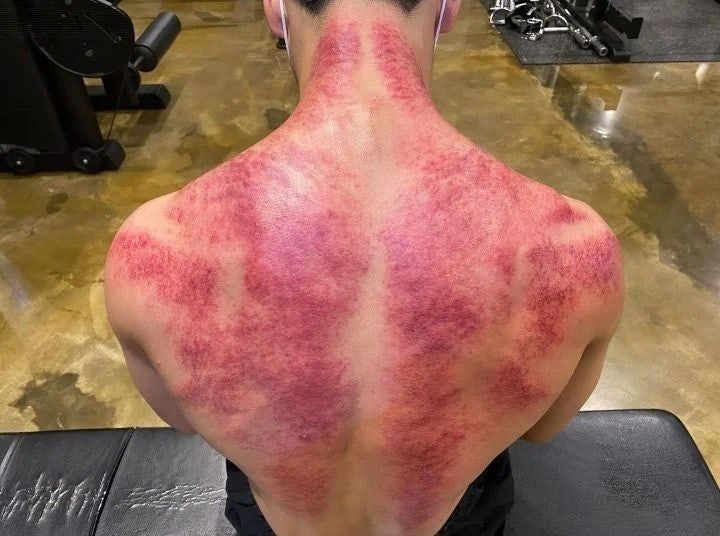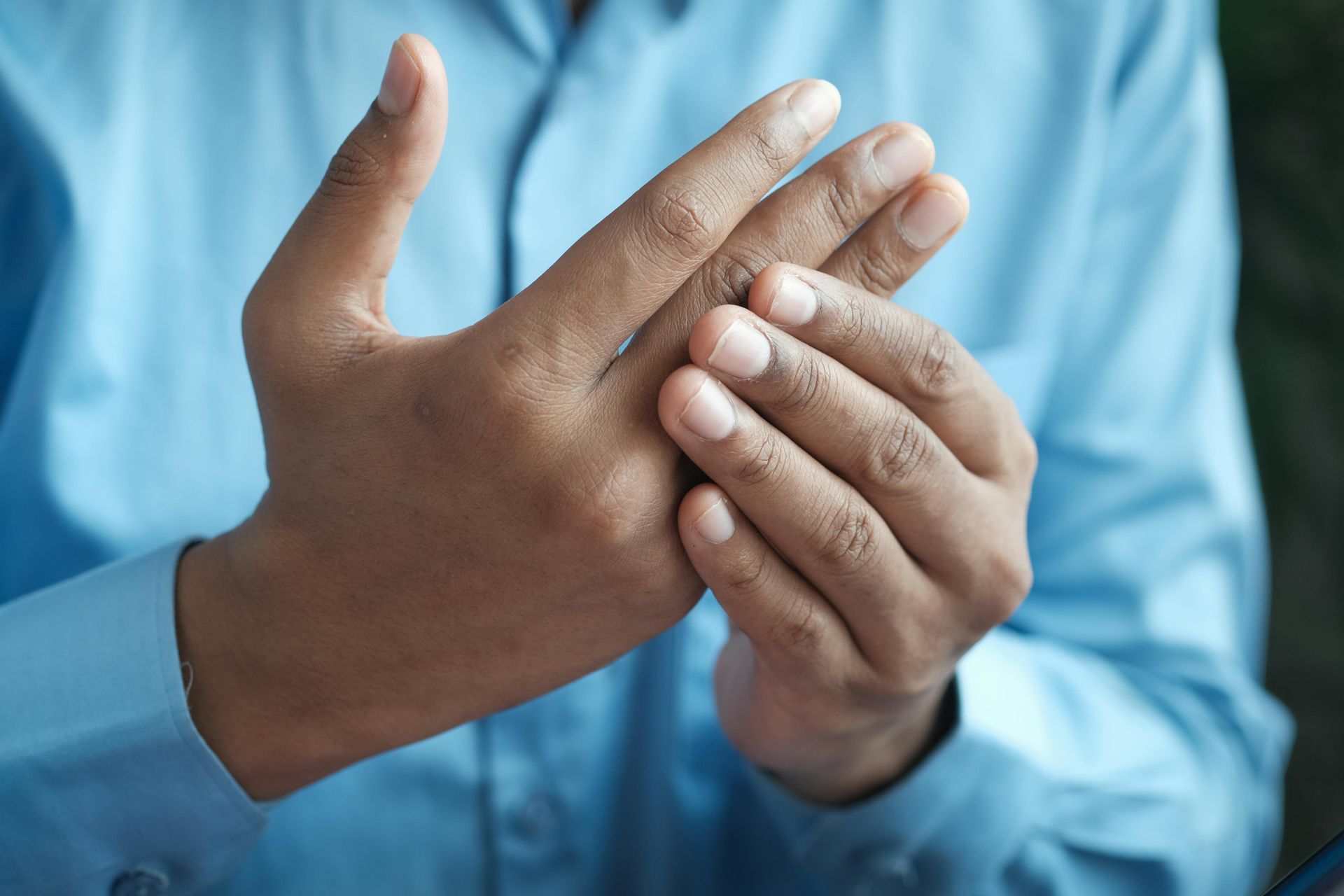How Sports Therapy Helped a 17-Year-Old Rower Perform Her Best

Why She Needed Sports Therapy?
As a competitive athlete, her weekly training schedule was intense:
- 3 sessions on the water for endurance and technique.
- 3 rowing machine sessions to build power.
- 3 weight training sessions at the gym with her strength and conditioning coach for strength and stability.
- Training occurred
5-6 days a week, often before and after school.
This packed schedule naturally put strain on her body, especially her upper back and shoulders. When she first came to the clinic in August, she was experiencing tightness in her upper back and trapezius that was starting to affect her training.
First Session (28 August 2024)
In our first session, we focused on easing the tension in her upper back and shoulders while addressing other key areas affected by rowing.
What We Did:
- Deep tissue massage (DTM): Released tightness in her back, shoulders, and legs.
- Trigger point therapy (TrP): Targeted tight spots in muscles like the trapezius and rhomboids.
- Dry needling (DN): Focused on her upper back to release deep muscle tension.
- Instrument-assisted soft tissue mobilisation (IASTM): Used tools to reduce stiffness and improve mobility.
This session helped her feel less tight and set the stage for future treatments.
Staying in Balance (11 September 2024)
Two weeks later, she returned for a follow-up session. Her training volume had increased significantly, as the rowing season was just three weeks away. She reported tension in her upper back and quads but no pain.
What We Did:
- Continued focusing on her upper back and quads, the areas most affected by her training.
- Avoided dry needling, as she had intense training the next day.
- Added stretches for her quads, hamstrings, and hips to improve recovery and flexibility.
This session ensured her body could keep up with her demanding schedule.
Mid-Season Maintenance (25 September 2024)
During the school holidays, her training eased slightly, allowing us to focus more on building strength and flexibility.
What We Noticed:
- Tightness in her psoas and quads, especially on the left side.
What We Did:
- Massage and cupping therapy to release tension in her upper back and legs.
- Recommended working with her strength coach to include exercises targeting her core and psoas, critical for rowing stability and power.
Pre-Race Prep (22 November 2024)
The day before her final race of the season, she came in for a session to ensure she was ready for peak performance. This race was especially important as it was the
last race of 2024, and she wanted to give 100%.
What We Found:
During the session, we identified
notable tightness in her left lower trapezius, likely overcompensating for her upper trapezius. While the tension wasn’t causing pain, it was affecting her rowing movements and could limit her performance.
What We Did:
- Applied dry needling to her lower trapezius to release the tightness and address the muscle compensation pattern.
- Used cupping therapy on the treated area to:
- Reduce tension.
- Improve circulation.
- Desensitise the area for better relaxation and mobility.
- Focused on deep tissue massage and myofascial release (MFR) to further relieve tension.
- Worked on her glutes, hamstrings, and subscapularis to ensure full-body balance and readiness.
The combination of these techniques ensured her body was loose, strong, and prepared for the physical demands of her race.
The Results
With regular sports therapy, this rower successfully managed her tightness and stayed in peak condition throughout her season. By the time her final race arrived, she felt confident, balanced, and ready to perform at her best.
How Sports Therapy Helped:
- Improved Mobility and Flexibility: She could row more efficiently, without being held back by tight muscles.
- Maintained Training Intensity: Managing tension allowed her to keep up with her demanding schedule without interruptions.
- Optimised Race Preparation: The pre-race session ensured she was ready to give 100% on race day.
Athletes like this rower push their bodies to the limit every day. Regular sports therapy helps release tension, prevent injuries, and keep their bodies performing at their best.
If you’re an athlete or active individual looking to optimise your performance, recover from training, or simply feel your best, we’re here to help. Book an appointment at
Good Health Group Clinic today to work with our Myotherapist,
Ian Selvarajoo, Remedial therapist
Sam Noh, and Chiropractor,
Dr. Tanja Nishibata.
Let’s keep you strong, balanced, and ready for any challenge!
Ready to perform your best?
Contact us today to schedule your session!
Blogs










At Good Health Group Clinic, we empower your holistic well-being through personalized, integrative care. Join us on the journey to a healthier, more vibrant life. Contact us today to start transforming your health.
Contact Us
Call us at -03 9505 0595
Email us at - info@ghgc.com.au
333 Nepean Hwy Brighton East VIC 3187
(Mon-Fri 9am-8pm, Sat-Sun 10am-6pm)




